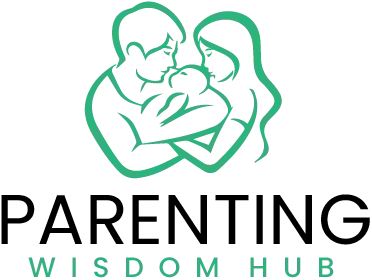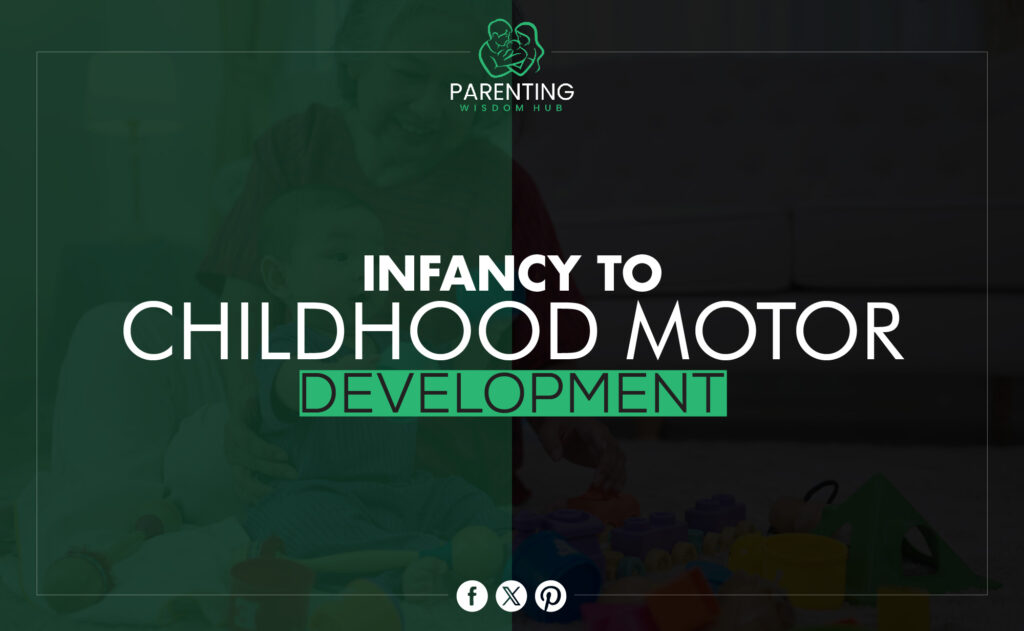Introduction
Seeing a kid learn a new physical ability is one of the most exciting parts of early life. Motor development is vital to a child’s growth and amazes parents, educators, and physicians. Understanding motor development helps children grow from their first steps to their complex dance of fine motor abilities. This blog article will explain motor development’s intriguing phases and provide insights, suggestions, and practical advice for early childhood educators.
Read more about different types of parenting.
The Foundations of Motor Development
Motor development involves muscular coordination for exercise, including running, jumping, and obtaining small items. Parents, educators, and physicians must grasp these fundamentals to help children grow.
Motor development goes beyond strength and coordination. Body management and environmental interaction affect children’s cognitive development. This preparation for life begins at birth and continues through adolescence.
Motor development is critical early on. In these years, kids gain strength and coordination for basic movements. These skills develop via active play and safety.
Gross Motor Skills: The Big Moves
Crawling, walking, leaping, and running require gross motor abilities, which use vast muscles. Infants initially acquire these talents as they begin to move in space. Mastering these motions is crucial for children’s fitness and independence.
The development of gross motor abilities is predictable. Infants first control their heads, then sit, crawl, then walk. Monitoring a child’s growth is crucial since each milestone builds on the last.
Parents and teachers may promote gross motor development via play. Tummy time, crawling activities, and outside play help kids perfect their movements. Every kid grows at their own speed, so be patient and encouraging.
Fine Motor Skills: The Small Details
Fine motor abilities coordinate small hand and finger muscles. They are needed for writing, cutting, and buttoning. Fine motor abilities also rely on a child’s independence and academic achievement.
Unlike broad motor abilities, fine motor skills require precision and control. Children gain these abilities about six months after grabbing and controlling items. As kids investigate their surroundings with their hands, cognitive growth generally follows.
To build fine motor skills, offer dexterity-challenging exercises to youngsters. Crafts, puzzles, and building blocks improve these abilities. Provide advice and assistance to help kids slowly learn new skills.
The Role of Play in Motor Development
Play is essential to children’s motor development. It helps kids challenge their limitations and learn new skills. It also helps kids develop gross and fine motor skills while having fun.
Structured activities like sports and dancing help enhance motor skills. However, unstructured play matters too. Exploration boosts creativity, problem-solving, and physical development in youngsters.
Parents and teachers should foster play. Safe outdoor environments and various toys and equipment may encourage children to exercise. Participate in play whenever possible to connect and demonstrate good conduct.
Milestones and Monitoring Progress
Tracking a child’s motor development requires understanding developmental milestones. These milestones indicate normal growth and may indicate issues. Each kid is unique, although most hit certain milestones at comparable ages.
Rolling, sitting without help, crawling, walking, and running are gross motor milestones. In contrast, fine motor milestones entail reaching, transferring, and utilizing utensils. Monitoring these milestones might reveal a child’s progress.
Assessment of motor development is crucial for pediatricians and early childhood educators. Regular checkups and developmental tests may spot delays, and prompt interventions may help children attain their potential if issues occur.
Encouraging Motor Development at Home
Parents are a child’s first instructors, and home is optimal for motor development. Several strategies can help this process, many of which may be incorporated into everyday life.
Allow exploration and mobility in safety. Home childproofing and age-appropriate toys and equipment promote active play. Use climbing, leaping, painting, and constructing to test gross and fine motor abilities.
Promote exercise positivity. Celebrate modest wins and gently urge future challenges. Remember that children grow at different rates, and comparisons may be upsetting. Consider progress and effort above competition.
The Impact of Nutrition and Health
Diet and health greatly affect motor development. Balanced diets give muscular development and energy nutrients. Regular, healthy meals are essential for children’s physical and cognitive development.
Adequate sleep is also crucial. Sleep helps kids recuperate from play by repairing and growing muscles. A regular sleep regimen may improve a child’s health and development.
Monitoring growth and development requires regular health checks. Pediatricians may advise nutrition, exercise, and other motor development aspects. Addressing health issues early gives youngsters the greatest start for development.
Technology and Motor Development: Finding a Balance
We depend on technology in the digital era. Despite its educational advantages, excessive screen usage might affect motor development. Children need a balance between electronics and exercise.
Limit screen time and promote exercise. Encourage youngsters to move and explore. Physically interactive games may be exciting ways to combine technology and motor development.
Utilize technology for learning and creativity. Educational apps and programs may enhance fine motor abilities and introduce new ideas to conventional play. Monitor content and duration to maintain balance.
Common Challenges in Motor Development
Motor development is complicated and may provide complications. Parents and educators can understand these problems and give appropriate support and responses.
Genetics, health, and the environment may cause developmental delays. Effectively addressing these concerns requires early detection. With healthcare providers and experts, create a child-specific strategy.
Sensory processing disorders might affect motor development. Sensory-sensitive kids may suffer in certain situations. Occupational therapists may help these kids succeed.
Professional Support and Resources
Professional help may alleviate motor development difficulties. Early intervention and treatment programs specialize in caring for children with developmental issues.
Physical, occupational, and speech therapists help with motor development. These professionals utilize focused workouts and activities to improve a child’s health and physical ability.
Use community resources and support groups. Connecting with other parents and caregivers may inspire and inform. Sharing and learning are possible via online forums and local seminars.
The Essential Role of Early Childhood Educators
Early childhood educators help with motor development. Their guided exercises and unstructured play help kids develop gross and fine motor skills in a nurturing setting.
Educators may practice motor skills regularly. Circle time, art projects, and outdoor activities provide for movement exercise. Teachers assist each child’s growth by establishing a stimulating and inclusive atmosphere.
Educators, parents, and healthcare providers must collaborate. Sharing observations and ideas enables consistent support for children across contexts, and open communication promotes holistic motor development.
Conclusion
Motor development affects a child’s physical, cognitive, and social development. Parents, schools, and physicians may help children reach their potential by understanding motor skill development and giving assistance.
Promote vigorous play, acknowledge successes, and seek expert help. With the correct materials and coaching, every youngster may learn motor skills to explore their surroundings and realize their aspirations. Consult professionals and join child development community organizations for further information.


